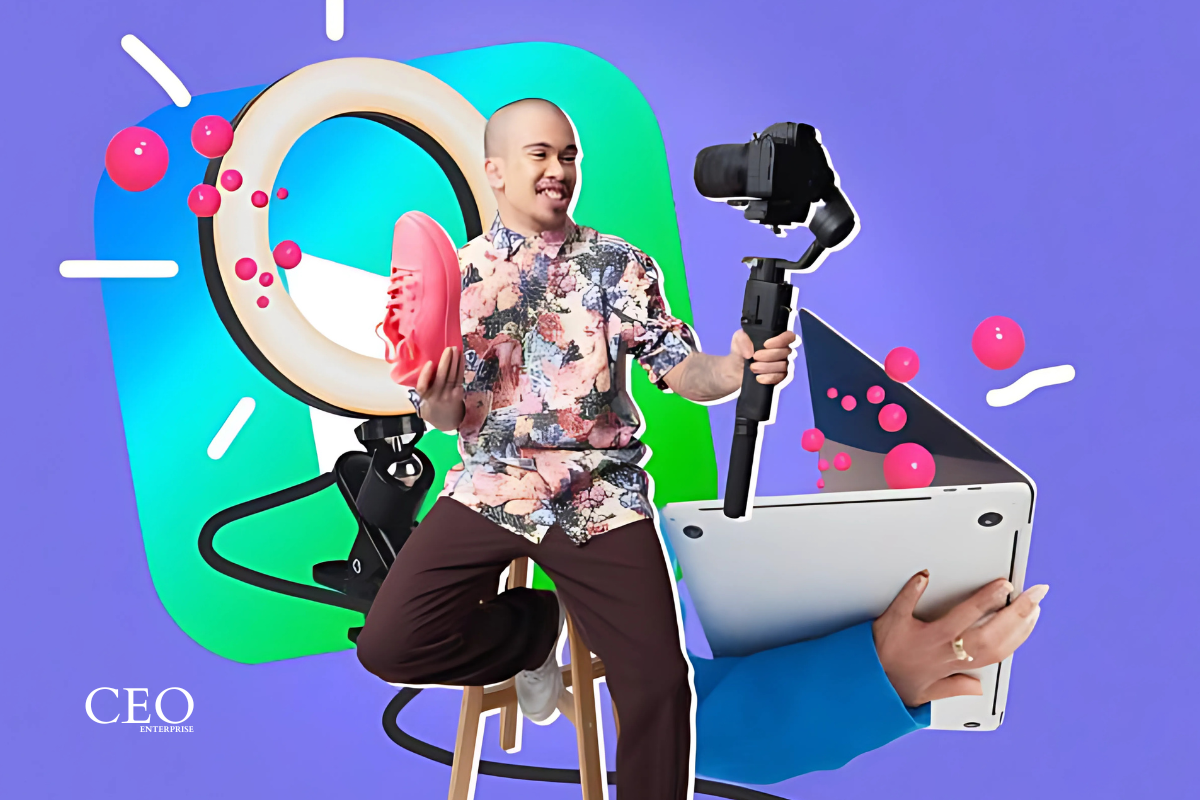Influencer marketing is no longer just a buzzword—it’s a critical strategy for businesses, especially in B2C (business-to-consumer) marketing. Companies across industries now rely on influencers to promote their products, engage audiences, and drive conversions. But the key to a successful campaign lies in how to select the best influencer partner.…

Influencer marketing is no longer just a buzzword—it’s a critical strategy for businesses, especially in B2C (business-to-consumer) marketing. Companies across industries now rely on influencers to promote their products, engage audiences, and drive conversions. But the key to a successful campaign lies in how to select the best influencer partner. With countless influencers competing for brand partnerships on platforms like Instagram and TikTok, choosing the wrong one can hurt your brand image and waste resources.
In this article, we’ll break down the steps to identify the perfect influencer partner. From understanding social media platforms to evaluating engagement metrics, this guide will help you navigate the ever-evolving influencer landscape.
Understanding the Role of Influencers in B2C Marketing
Influencers have become trusted voices in today’s marketing ecosystem. Whether they are endorsing a skincare product on Instagram or unboxing tech gadgets on YouTube, they influence consumer decisions at scale.
Influencers come in various types, including:
- Nano influencers (1K–10K followers): Known for high engagement and niche audiences.
- Micro influencers (10K–100K followers): Offer a balance between reach and authenticity.
- Macro influencers (100K–1M followers): Ideal for campaigns requiring broad visibility.
- Mega influencers (1M+ followers): Celebrities or well-known figures commanding global reach.
According to a recent survey, businesses earn an average of $5.78 for every $1 spent on influencer marketing. That’s why understanding how to select the best influencer partner is vital for maximizing your ROI.
Aligning Influencers with Brand Values and Goals
Not all influencers are a perfect fit for every brand. Collaborating with influencers whose personal values or audience demographics don’t align with your brand can backfire. For example, a vegan food brand partnering with an influencer who promotes fast food will likely cause confusion and erode trust.
To prevent such mishaps:
- Set clear brand goals: Are you aiming for product awareness or conversions?
- Evaluate past collaborations: Do they align with your values?
- Analyze audience overlap: Check whether their followers match your target customer base.
A data-driven approach to alignment ensures that both the influencer and your brand communicate a cohesive message.
Identifying the Right Social Media Platform
Different social media platforms cater to specific audience types. Selecting the wrong platform for your campaign can reduce your campaign’s effectiveness.
- Instagram: Best for fashion, beauty, and lifestyle influencers.
- TikTok: Popular among Gen Z audiences with short-form videos.
- YouTube: Ideal for tech reviews and long-form content.
- Pinterest: Works well for DIY, decor, and niche hobbies.
For B2C brands, Instagram and TikTok often emerge as top choices because they drive high engagement. Instagram stories, reels, and TikTok challenges are particularly effective for product promotions.
Researching Potential Influencers Thoroughly
It’s tempting to choose an influencer with a massive following, but follower count alone doesn’t guarantee success. Instead, look for authenticity and engagement. Start by assessing their profile:
- Engagement Rate: Use tools like HypeAuditor to analyze engagement metrics.
- Content Quality: Review previous posts to ensure quality aligns with your brand.
- Follower Authenticity: Use tools like Social Blade to detect fake followers.
Selecting an influencer without this level of research could lead to wasted budget or a campaign that falls flat.
Evaluating Engagement and Reach Metrics
When evaluating influencers, engagement metrics are more valuable than raw follower counts. Influencers with a smaller but highly engaged audience are often more impactful. Here’s what to look for:
- Average likes and comments per post
- Shares and audience interaction
- Frequency of posts (to ensure they aren’t oversaturating their audience)
This data helps you pinpoint influencers who drive real conversations rather than just gaining passive views. If your goal is to boost engagement, focusing on these metrics will yield better results.
Setting Clear Campaign Goals and KPIs
Setting well-defined goals ensures both you and the influencer are aligned from the beginning. Examples of campaign goals include:
- Product Awareness: Generating buzz around a new launch
- Lead Generation: Driving traffic to your website or landing page
- Conversions: Encouraging purchases directly through the influencer’s post
Key Performance Indicators (KPIs) like click-through rates, engagement ratios, and sales conversion rates should also be established upfront. Monitoring these KPIs throughout the campaign will help you adjust strategies in real-time for better outcomes.
Budgeting and Negotiating with Influencers
Creating a budget is essential when deciding how to select the best influencer partner. Influencer fees vary significantly, depending on their follower size and engagement levels. On average:
- Nano influencers: $50–$100 per post
- Micro influencers: $100–$500 per post
- Macro influencers: $1,000–$10,000 per post
- Mega influencers: $10,000+ per post
Always negotiate deliverables—such as the number of posts or story mentions—within your budget. Additionally, opt for influencers who align with your brand values instead of just those with the highest follower counts.
Final Thought
Selecting the right influencer partner can make or break your B2C marketing campaign. By following a strategic selection process—focusing on platform alignment, evaluating metrics, and setting clear campaign goals—you increase the chances of building meaningful, profitable partnerships. As influencer marketing continues to grow, brands must adapt to new trends and leverage influencers to stay ahead of the curve.
Remember, the key to success isn’t just finding the most popular influencer; it’s about finding the right influencer—one who truly aligns with your brand and audience. Take the time to research, negotiate, and monitor performance to achieve the best results.
